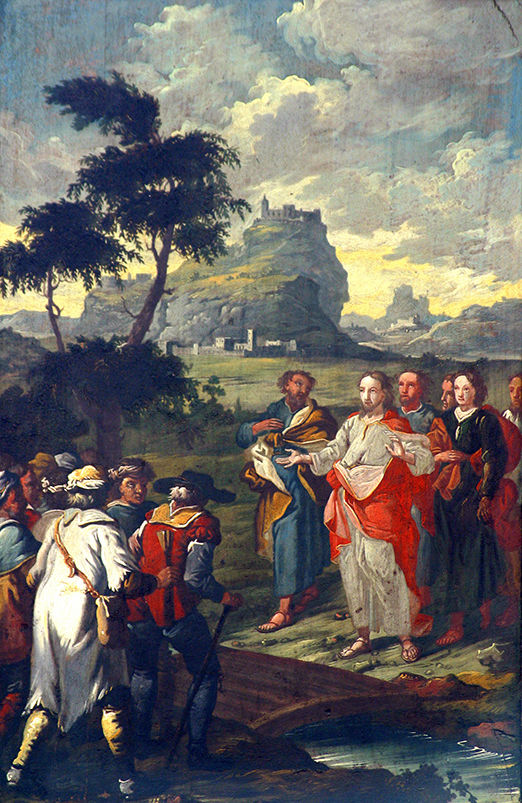A foreign leper is cleansed and in thanksgiving returns to offer homage to the God of Israel. We hear this same story in both the first reading and Gospel.
There were many lepers in Israel in Elisha’s time, but only Naaman the Syrian trusted in God’s word and was cleansed (see Luke 5:12-14).
The Gospel likewise implies that most of the 10 lepers healed by Jesus were Israelites — but only a foreigner, the Samaritan, returned. In a dramatic way, we’re being shown today how faith has been made the way to salvation, the road by which all nations will join themselves to the Lord, becoming his servants, gathered with the Israelites into one chosen people of God, the Church (see Isaiah 56:3-8).
The psalm also looks forward to the day when all peoples will see what Naaman sees — that there is no God in all the earth except the God of Israel.
We see this day arriving in the Gospel. The Samaritan leper is the only person in the New Testament who personally thanks Jesus. The Greek word used to describe his “giving thanks” is the word we translate as “Eucharist.” And these lepers reveal to us the inner dimensions of the Eucharist and sacramental life.
We, too, have been healed by our faith in Jesus. As Naaman’s flesh is made again like that of a little child, our souls have been cleansed of sin in the waters of baptism.
We experience this cleansing again and again in the sacrament of penance — as we repent our sins, beg and receive mercy from our master, Jesus.
We return to glorify God in each Mass, to offer ourselves in sacrifice — falling on our knees before our Lord, giving thanks for our salvation.
In this Eucharist, we remember “Jesus Christ, raised from the dead, a descendant of David,” Israel’s covenant king. And we pray, as Paul does in the epistle, to persevere in this faith — that we, too, may live and reign with him in eternal glory.
Scott Hahn is founder of the St. Paul Center for Biblical Theology, stpaulcenter.com.

